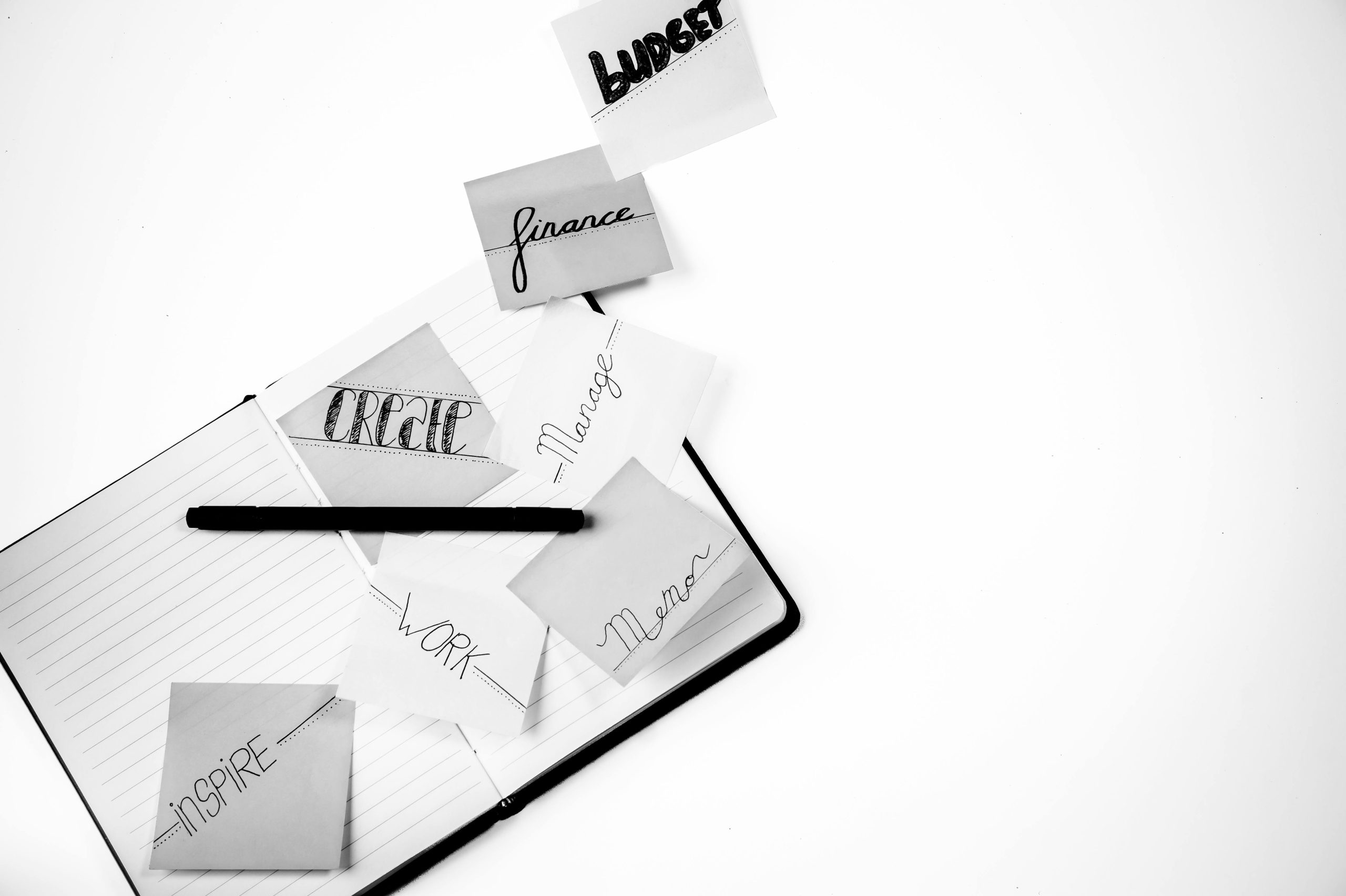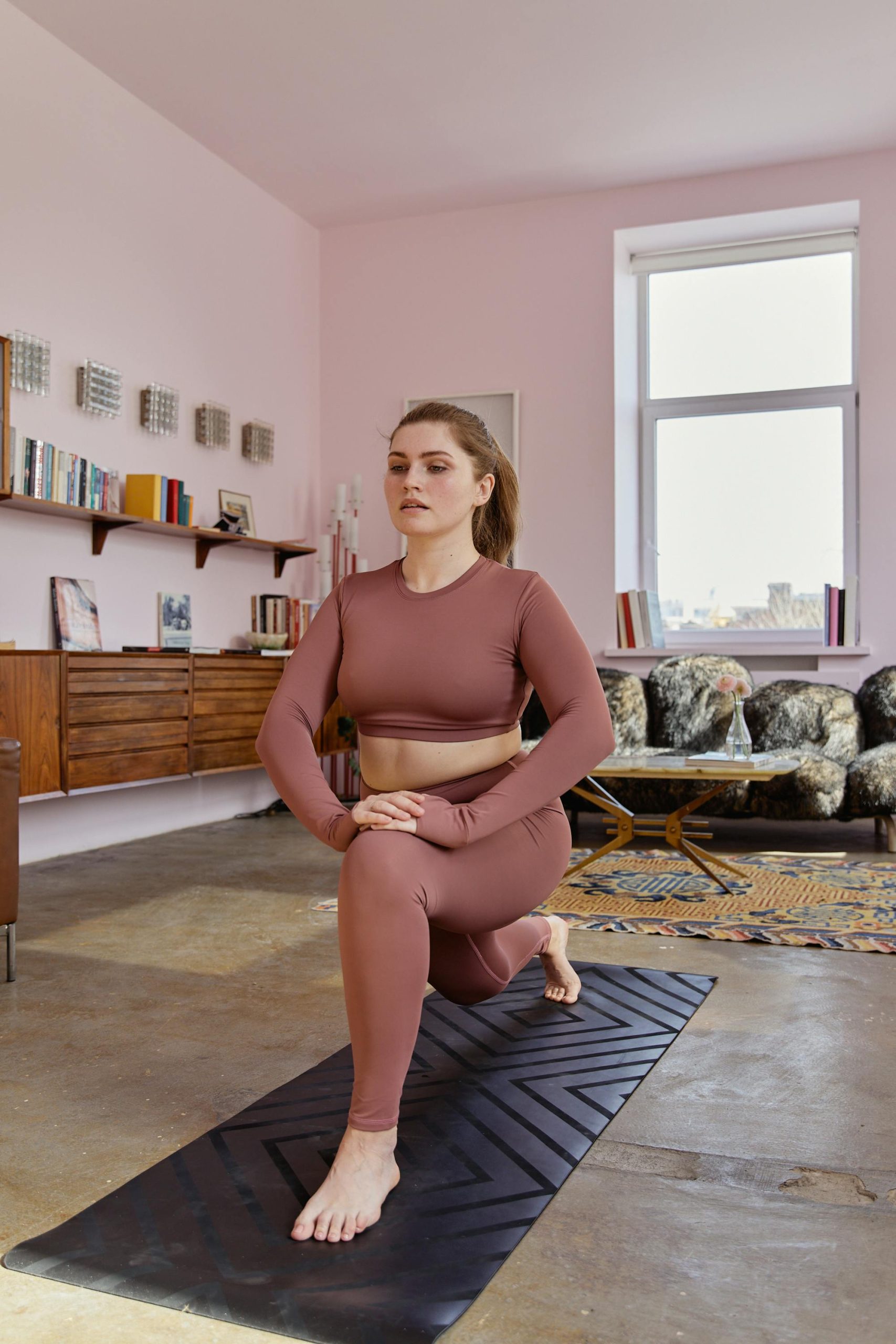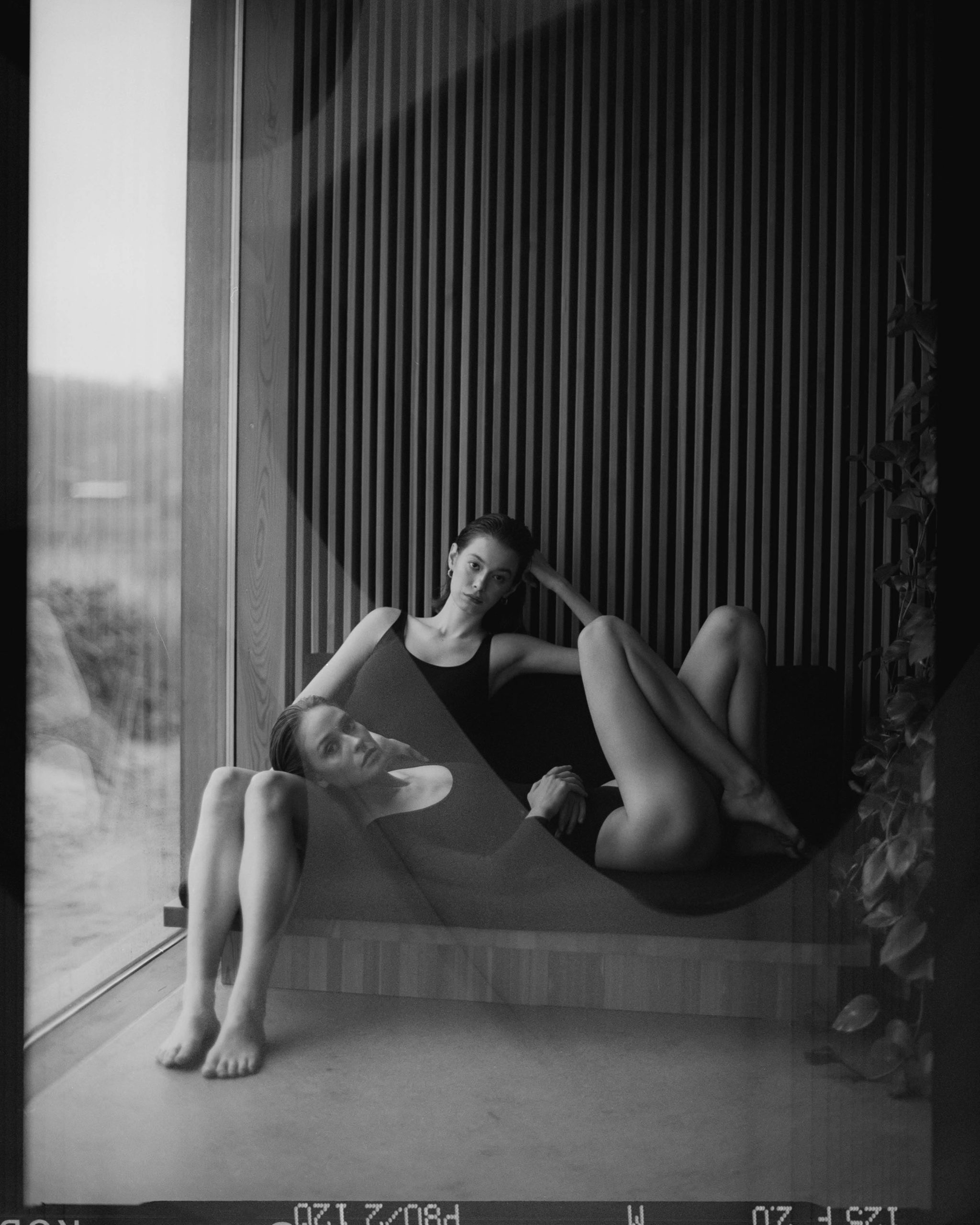In today’s fast-paced world, maintaining focus and productivity can be a challenge. Distractions are everywhere, from buzzing phones to cluttered desks. Creating a mindful workspace can help you stay centered, reduce stress, and enhance your efficiency. A well-designed environment fosters clarity, creativity, and a sense of calm—essential ingredients for peak performance. Whether you work from home or in an office, these tips will guide you in crafting a space that supports mindfulness and productivity.
Declutter Your Space for Mental Clarity
A cluttered workspace often leads to a cluttered mind. Physical distractions can pull your attention away from important tasks, making it harder to concentrate. Start by removing unnecessary items from your desk, such as old papers, unused stationery, or random knick-knacks. Keep only what you need within arm’s reach.
Steps to Declutter Effectively
- Sort and purge: Go through every item on your desk and decide whether it’s essential. If not, store it away or discard it.
- Organize with intention: Use drawers, trays, or organizers to keep supplies neatly arranged.
- Minimize digital clutter: Clean up your computer desktop and email inbox to reduce visual stress.
A minimalist approach doesn’t mean your space has to be bare—just intentional. A tidy workspace promotes mental clarity and helps you stay focused on the task at hand.
Incorporate Nature for Calm and Inspiration
Bringing elements of nature into your workspace can have a profound impact on your well-being and productivity. Studies show that exposure to natural light, plants, and organic materials can reduce stress and boost creativity.
Ways to Bring Nature Indoors
- Add plants: Low-maintenance options like succulents, snake plants, or pothos can purify the air and add life to your space.
- Maximize natural light: Position your desk near a window if possible. If not, use warm, soft lighting to mimic daylight.
- Use natural materials: Wooden desks, stone coasters, or bamboo accessories can create a grounding effect.
Even small touches of nature can make your workspace feel more inviting and serene, helping you stay mindful throughout the day.
Design for Comfort and Ergonomics
Physical discomfort is a major distraction. If your chair is uncomfortable or your screen is at the wrong height, your body will constantly remind you of the strain, pulling you out of a focused state. A mindful workspace prioritizes ergonomics to support long hours of work without fatigue.
Essential Ergonomic Adjustments
- Chair support: Choose a chair with lumbar support and adjustable height to maintain proper posture.
- Monitor height: Position your screen at eye level to avoid neck strain.
- Keyboard and mouse placement: Keep them at a height where your elbows rest comfortably at a 90-degree angle.
- Take movement breaks: Stand up, stretch, or walk around every hour to prevent stiffness.
Investing in ergonomic furniture and habits ensures your body feels as good as your mind, allowing for sustained focus and productivity.
Create a Distraction-Free Zone
Distractions are the enemy of mindfulness. Whether it’s notifications, background noise, or interruptions from others, these disruptions can derail your workflow. Designing a workspace that minimizes distractions is key to maintaining deep focus.
Strategies to Reduce Distractions
- Silence notifications: Turn off non-essential alerts on your phone and computer.
- Use noise-canceling headphones: Play calming music or white noise to block out external sounds.
- Set boundaries: If you share a space, communicate your focus hours to minimize interruptions.
- Designate a work-only zone: Avoid multitasking areas like the couch or kitchen table.
By proactively managing distractions, you create an environment where mindfulness and productivity can thrive.
Personalize with Meaningful Touches
A mindful workspace should reflect your personality and values. Personal touches can inspire motivation and create a sense of belonging, making your workspace a place you enjoy spending time in.
Ideas for Personalization
- Display inspiring quotes or art: Choose visuals that resonate with your goals and mindset.
- Keep a gratitude journal: Place it on your desk to remind yourself of positive moments.
- Use calming scents: Essential oils like lavender or peppermint can enhance focus and relaxation.
- Incorporate favorite colors: Surround yourself with hues that evoke calm or energy, depending on your needs.
Personalization doesn’t mean clutter—it’s about curating elements that uplift and motivate you.
Creating a mindful workspace is an ongoing process. As your needs evolve, so should your environment. By decluttering, incorporating nature, prioritizing comfort, minimizing distractions, and adding personal touches, you’ll cultivate a space that enhances focus, productivity, and overall well-being. Start with small changes and notice how each adjustment brings you closer to a more mindful and efficient work life.


